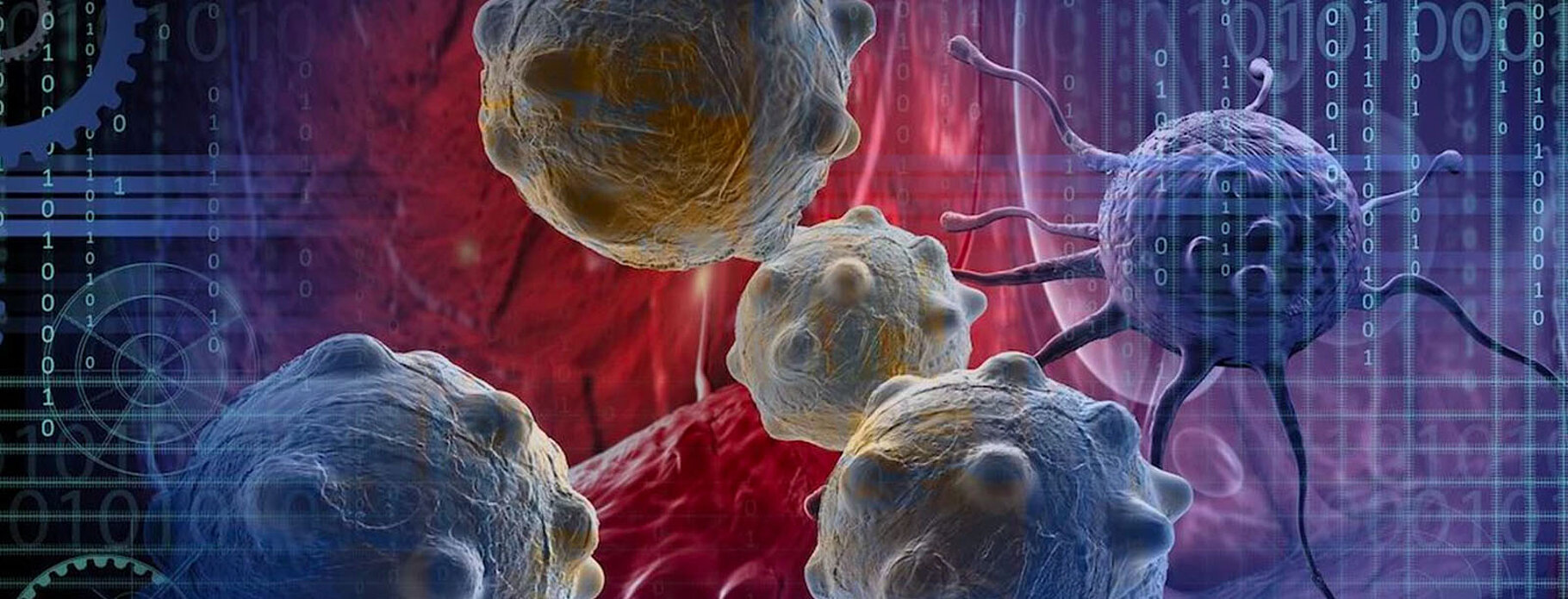Signal transduction in metabolism and inflammation
Team Leader : Romeo RICCI
Department : Development and stem cells

Team Leader : Romeo RICCI
Department : Development and stem cells
CaMK1D has been proposed to potentially promote b cell dysfunction and/or to stimulate hepatic glucose output, two major mechanisms contributing to T2D. However, our own data derived from conditional CaMK1D knockout mice provide compelling evidence for an essential role of CaMK1D in central regulation of energy homeostasis, while its function seems to be redundant in the liver and in the b cell.
Energy homeostasis is defined as a balance between energy intake and expenditure. The hypothalamus is a small structure in the central nervous system located at the base of the brain. Although many other mechanisms may be involved in this context, the hypothalamus plays a central role in the regulation of energy homeostasis. Orexigenic AgRP and anorexigenic POMC neurons in the arcuate nucleus of the hypothalamus primarily regulate food intake control and energy expenditure. To control these processes, these neurons are responsive to hormones such as leptin, ghrelin, and insulin. Both leptin and insulin receptors are expressed in these neurons and both insulin and leptin have been found to activate POMC and to inhibit AgRP/NPY neurons. Ghrelin enhances the activity of NPY/AgRP neurons via its receptor, while it decreases the action of POMC neurons through a ghrelin receptor independent mechanism.
We have recently discovered a so far undescribed function of CaMK1D in central regulation of energy homeostasis. We now investigate the mechanisms by which CaMK1D controls energy homeostasis and will establish whether targeting of pharmacologic inhibition of CaMK1D may represent an interesting avenue to fight obesity and T2D. To discover new signaling mechanisms, we are developing a complementary strategy that combines biased and unbiased approaches.